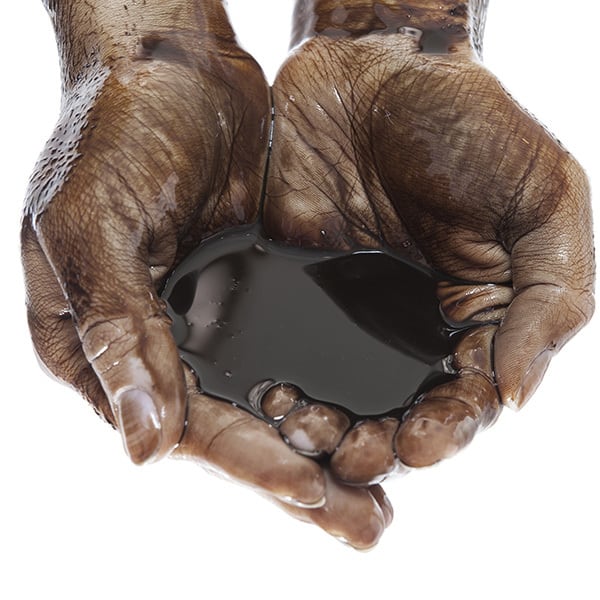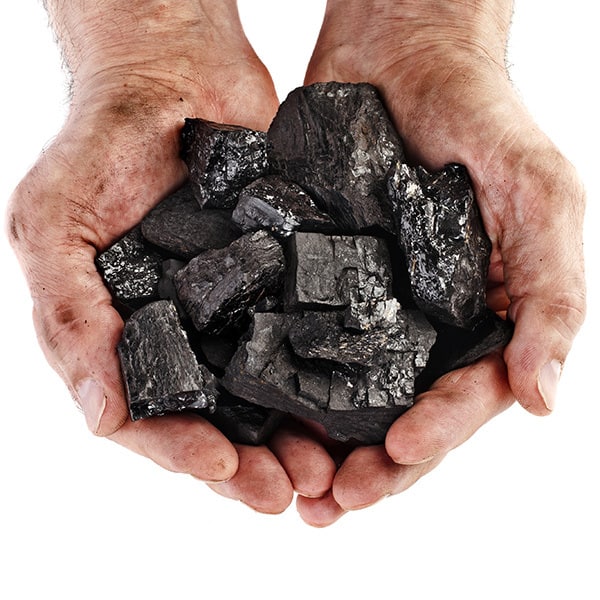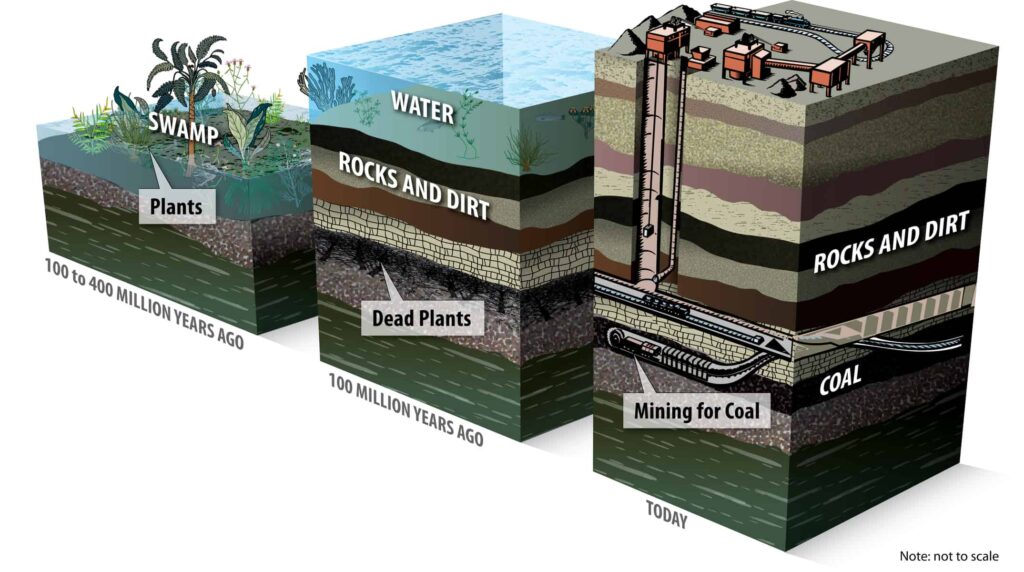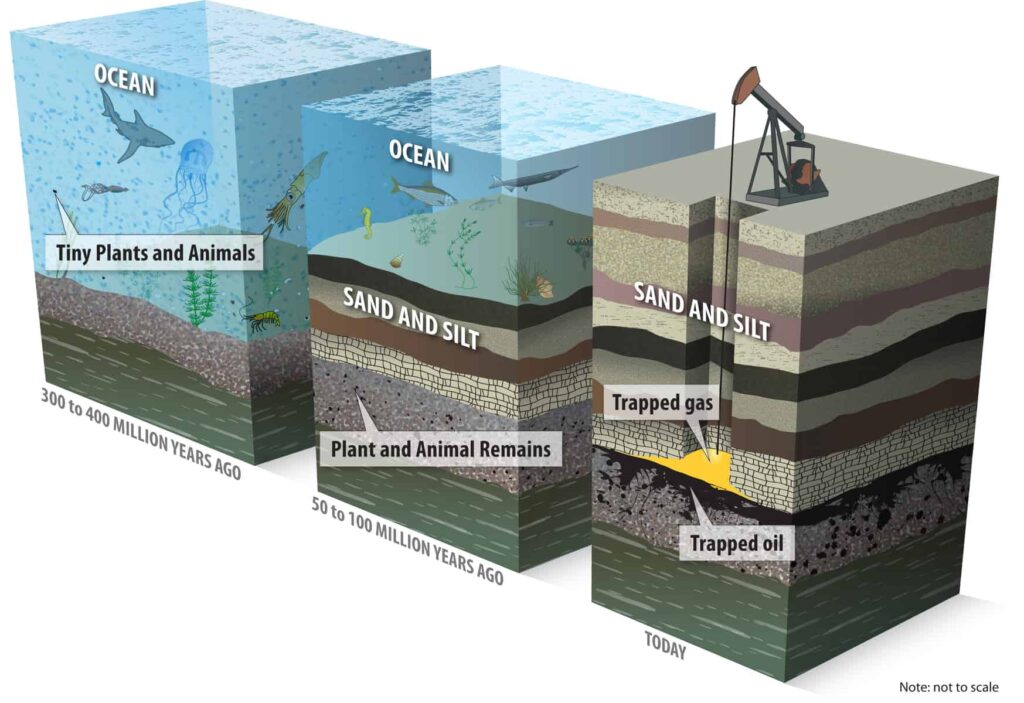Fossil Fuels

Conventional fossil fuels include coal, natural gas, and liquid petroleum accumulated in Earth’s crust. The geologic time scale over which fossil fuels form—hundreds of millions of years—lies outside human time horizons, so these resources are considered for practical purposes to be finite and exhaustible. Synthetic forms of petroleum and natural gas can also be fabricated. For example, synthetic gasoline or synthetic diesel can be made from coal or natural gas through processes known as coal-to-liquids and gas-to-liquids. In addition, the anaerobic decomposition of organic matter, such as food waste or manure, from agricultural operations produces renewable natural gas (RNG), also called biogas.



Fossil fuels include coal, natural gas, and liquid petroleum.
Unconventional fossil fuels include nonliquid forms of petroleum, such as oil shale, shale oil, oil sands, tar sands, and heavy oils. Unconventional forms of natural gas include shale gas and coalbed methane. Oil shale is a form of solid kerogen rock found in Utah and Colorado that releases energy when burned. Shale oil, also known as tight oil, is the liquid produced from impermeable shales.
Fossil fuels gained a significant market share in the 1860s with the Second Industrial Revolution. Despite the diversity of fuel options, fossil fuels—coal, petroleum, and natural gas—remain the dominant primary energy sources today and still provide approximately 85% of the world’s energy.
How Coal Was Formed

Millions of years ago, dead plant matter fell into swampy water, and over time, a thick layer of dead plants lay decaying at the bottom of the swamps. Over time, the surface and the climate of the Earth changed, and more water and dirt washed in, halting the decay process and forming peat.
The weight of the top layers of water and dirt packed down the lower layers of plant matter. Under heat and pressure, this plant matter underwent chemical and physical changes, pushing out oxygen and leaving rich hydrocarbon deposits. What once had been plants gradually turned into coal.
Coal can be found deep underground (as shown in this graphic), or it can be found near the surface.
How Petroleum Was Formed

Tiny sea plants and animals died and were buried on the ocean floor. Over time, they were covered by layers of sediment and rock.
Over millions of years, the remains were buried deeper and deeper. The enormous pressure turned them into oil and gas.
Today, we drill down through the layers of sedimentary rock to reach the rock formations that contain the oil and gas deposits.
In addition to their role as fuels in combustion, coal, petroleum, and natural gas serve as feedstocks for manufacturing materials. This role is similar to how wood can serve as fuel in the form of firewood or as a building material in the form of lumber and beams. Plastic, pesticides, pharmaceuticals, cosmetics, paints, dyes, and cleaners are formed from petroleum. Fertilizers, ink, glue, and paint are formed from natural gas. Steel and iron production and the cement-making process incorporate heat and carbon from coal. Even some solid wastes from coal combustion, including bottom ash found at the bottom of coal boilers and fly ash that rises through the smokestack, can be used to make drywall for buildings and aggregate for roads.
Fossil fuels are in nearly everything we use in our modern life, from plastics and pigments to common building materials. Tap items to learn more.


